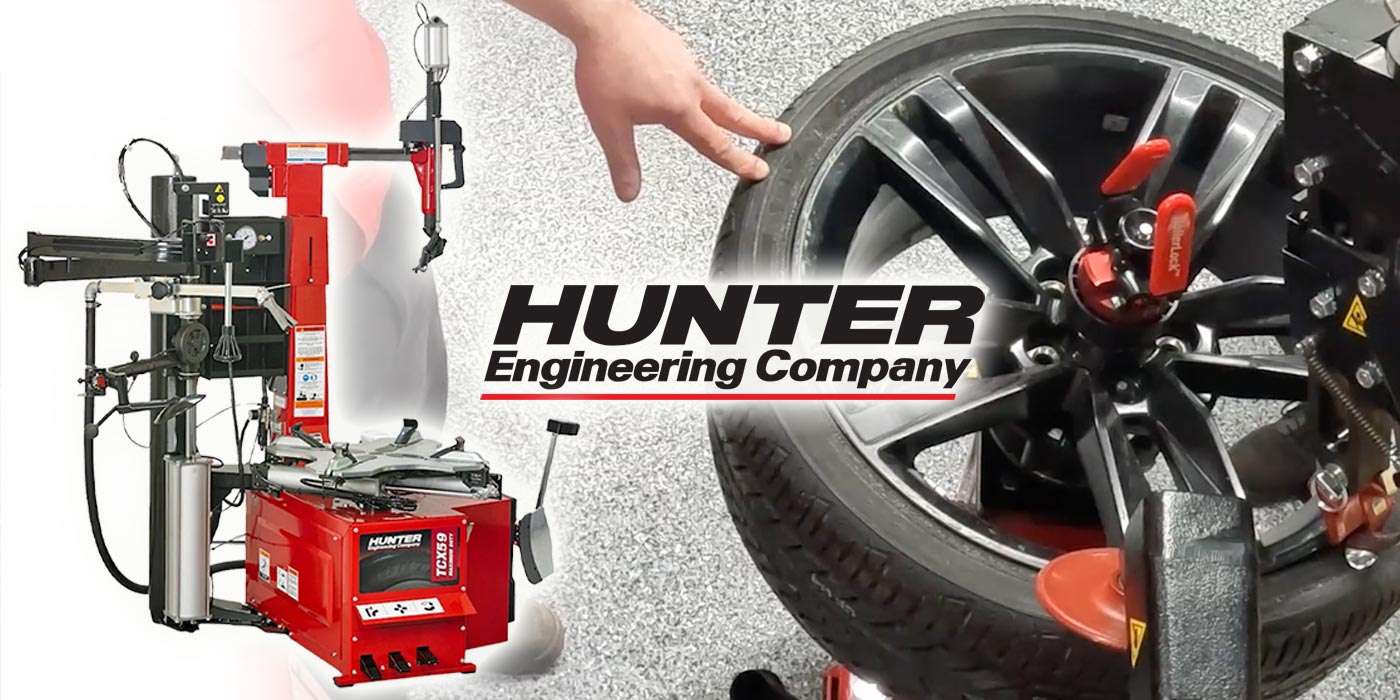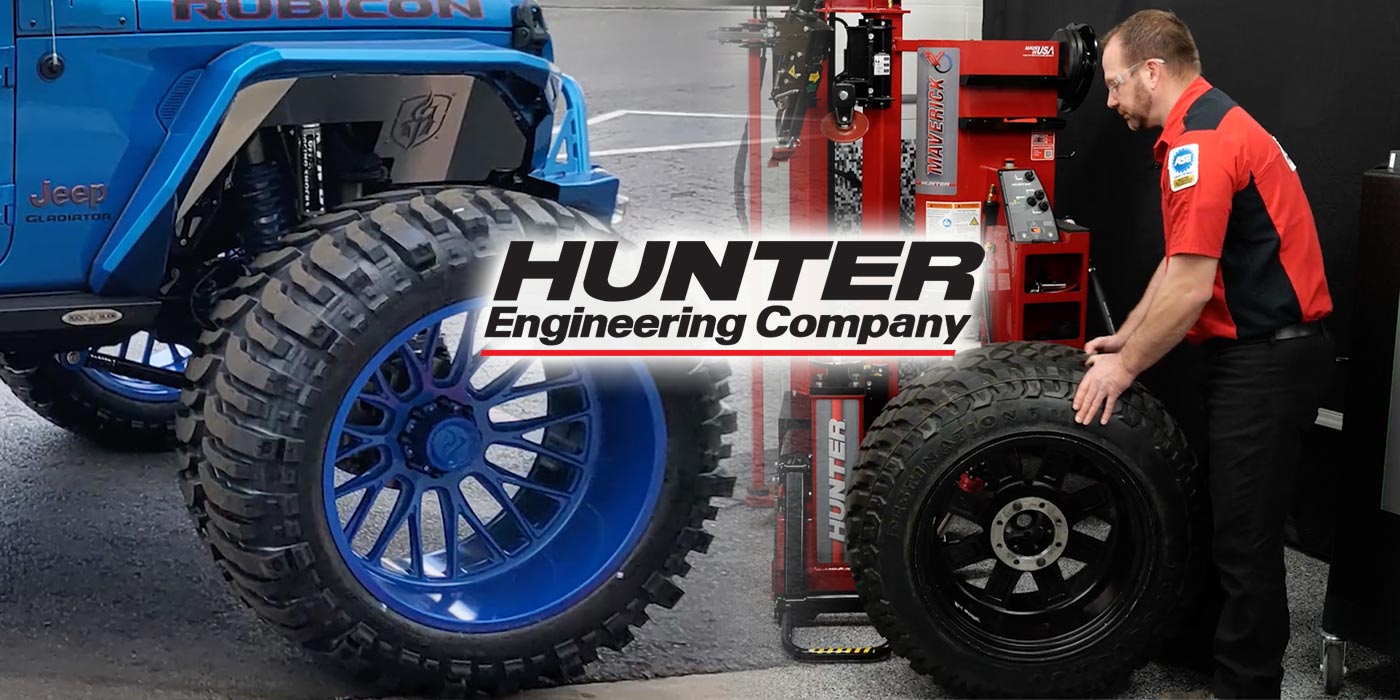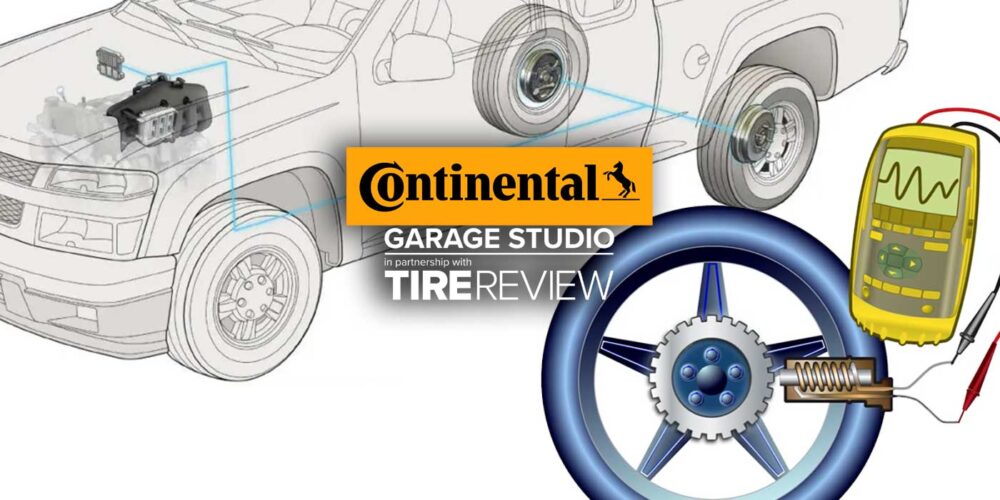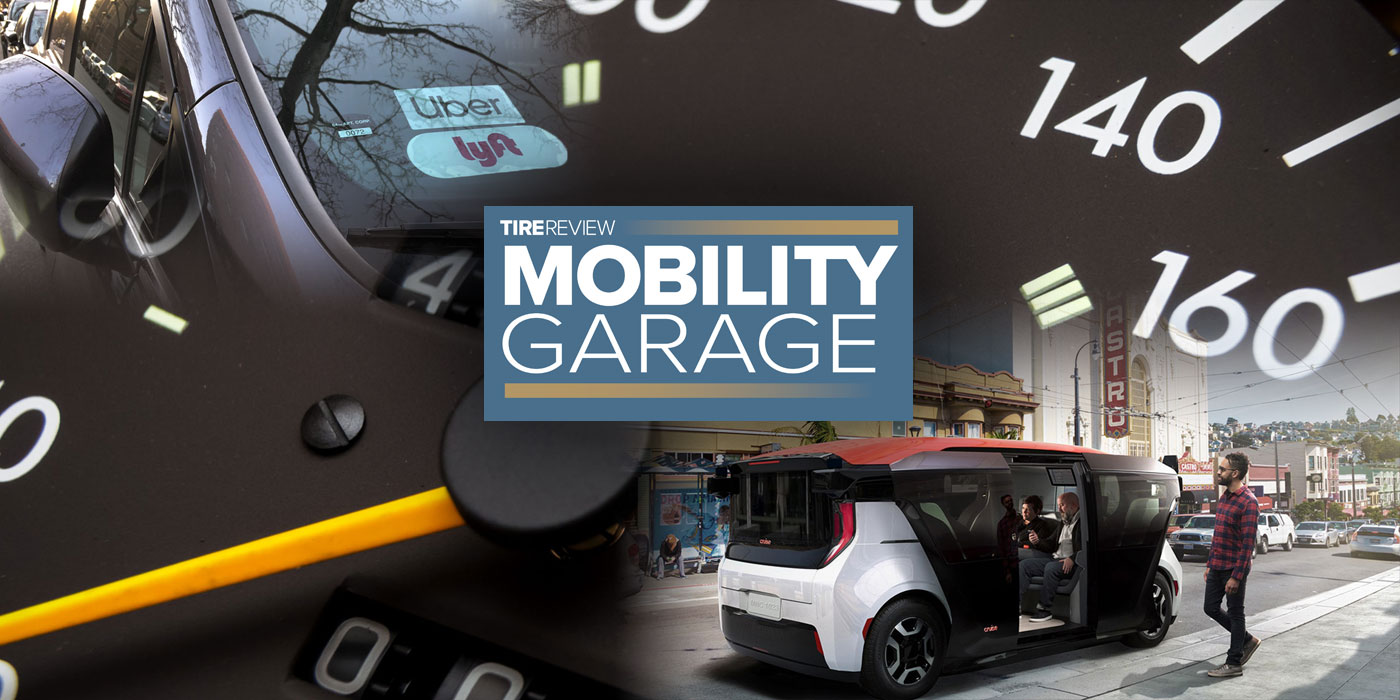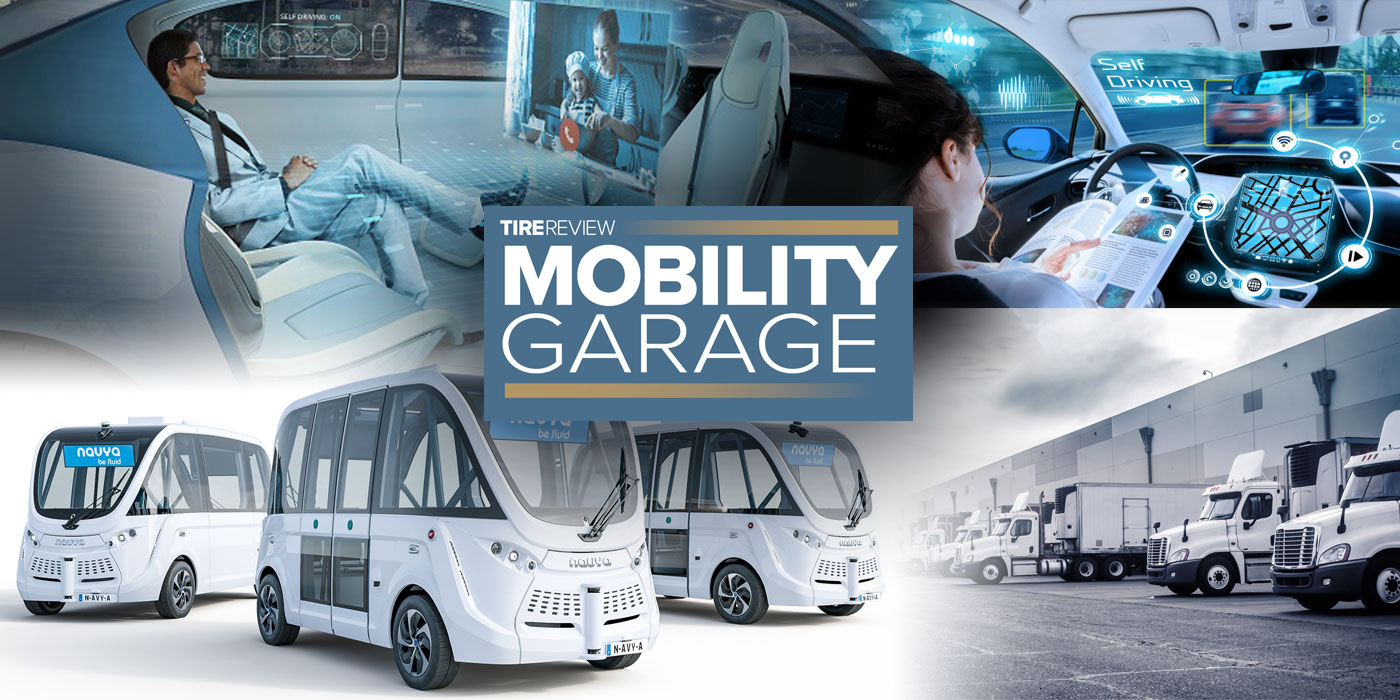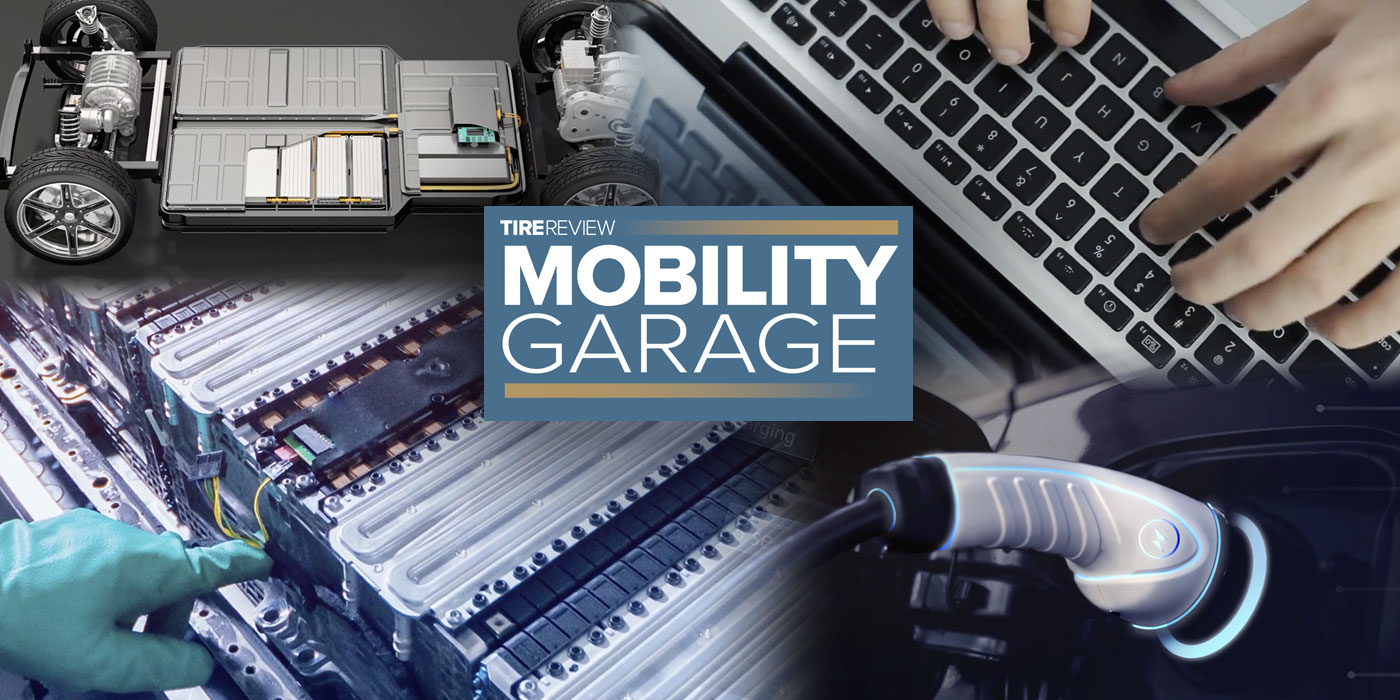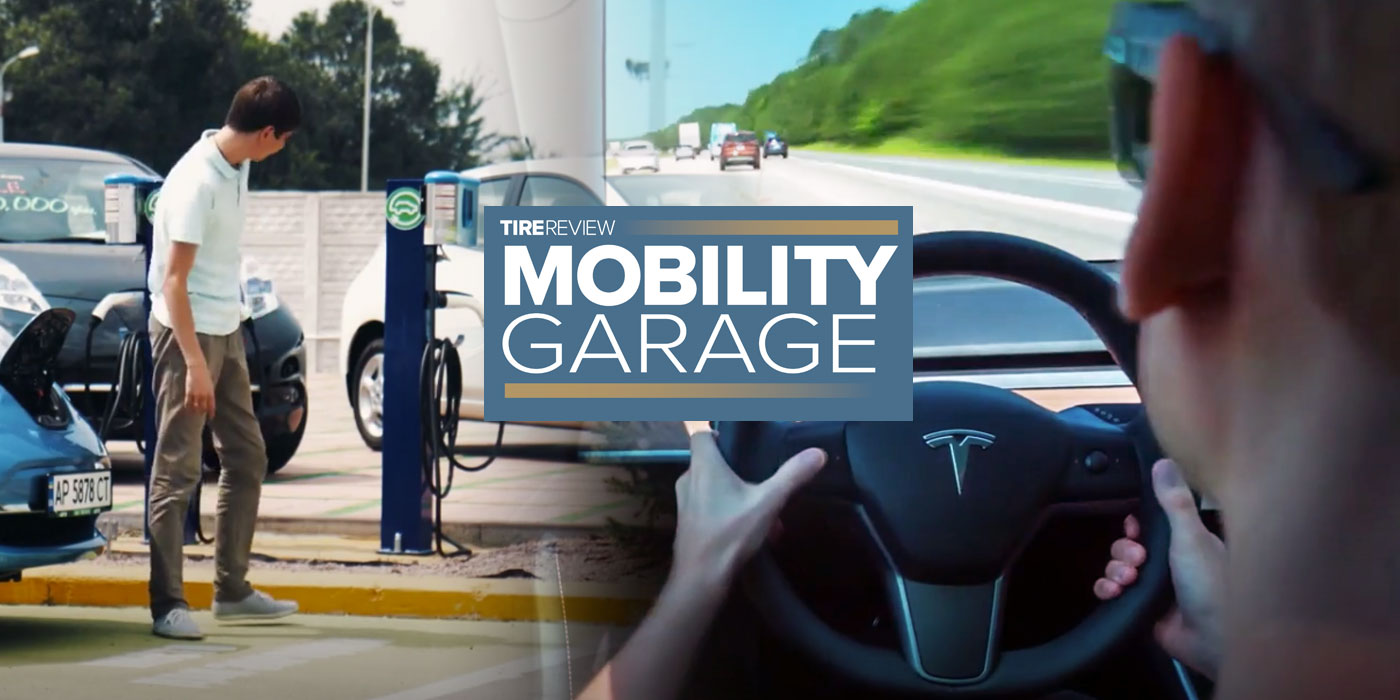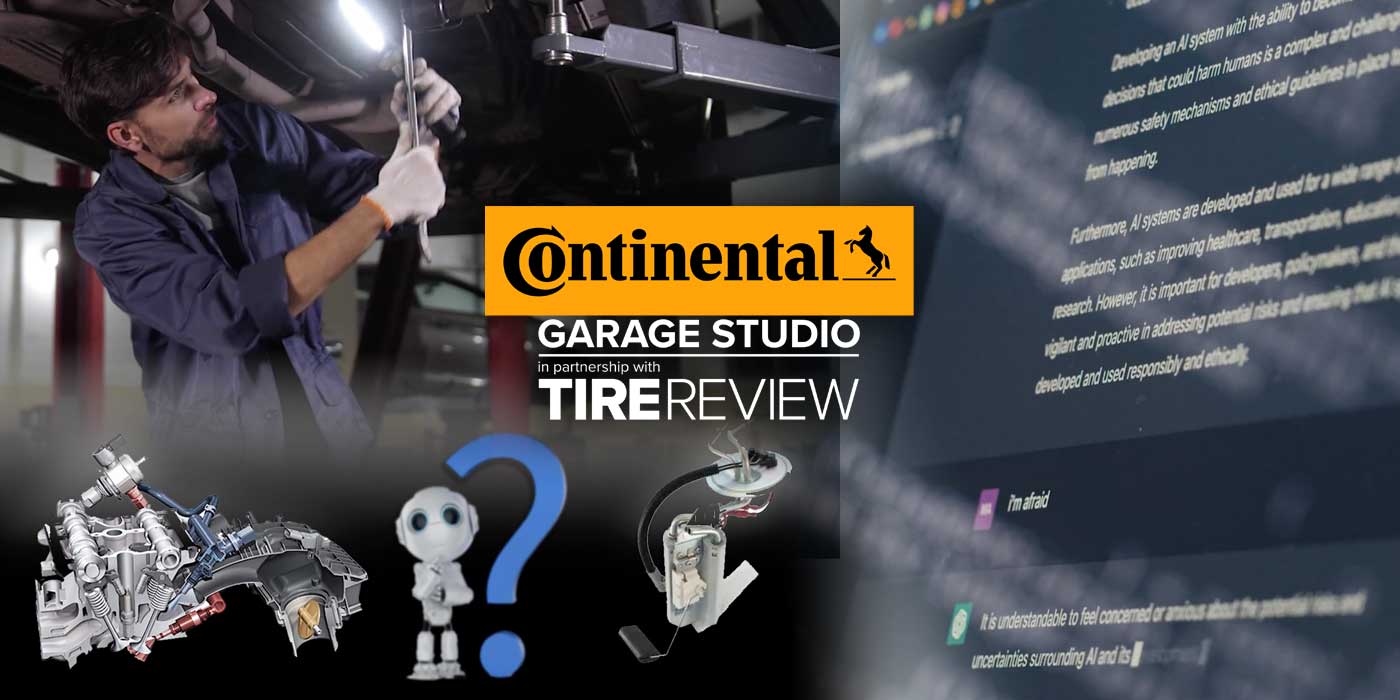Through the years, tire and auto shops have adapted to various automotive evolutions … computer diagnostics, ABS, traction control, and more. Those were gradual changes that were eventually embraced and handled in terms of aftermarket sales and service. The new question is: Are you EV-ready?
It doesn’t matter if you’re personally a lover or hater of electric vehicles. Maybe you already own one. Maybe you’ve vowed to never own one. It doesn’t matter.
Little by little, EVs are showing up in your market. And they’re only going to grow in share. Are you prepared to grab your share of this segment? Or do you really intend to surrender a share of the overall car parc in your market to someone else?
What do you need to do? Where do you begin?
Looking for more from the MobilityGarage Video Series? Click here!
There is truth to the lagging embrace of EVs in the US. That’s primarily due to costs, availability, logistics and consumer acceptance. But things are happening on all fronts to change that.
California has moved to ban the sale of gas-powered cars in the state by 2035, and New York is following suit.
More auto makers are beginning to offer more EV choices – and if auto supply issues are solved, more cars – including electric ones – will be coming. Honda is targeting 100% of new car sales as zero-emission EVs by 2040. Kia wants to sell 1.6 million EVs by the end of the decade. In four years, Mercedes will have all-new production facilities for EVs only.
This all bodes well for competitive pricing and simple product availability.
The logistics piece refers to charging stations. Are there enough of them … in the right locations … to meet the needs of an American motoring public that is accustomed to automotive freedom? In the mammoth infrastructure plan supported by the Biden Administration, there is an authorization for a nationwide network of charging stations. It even sets aside 5 billion dollars for states to build them.
And don’t for a moment think that American ingenuity won’t contribute to solving the charging problem. According to Wired Magazine, ideas are emerging in the U.S. that will work for the American on-the-go lifestyle … including perhaps adding quick-charging stations at places such as fast food outlets and grocery stores.
If you’re in the commercial tire business – providing tires and maintenance services to trucks and trucking fleets – there are also reasons to believe in the transformation to EVs in that segment.
Last summer, Penske Truck Leasing announced the acquisition of its first Class 8 electric trucks from Daimler Trucks North America. This followed a couple years of testing of Daimler’s Freightliner electric trucks by Penske.
So, a big player in the commercial segment is acknowledging the advantages of electric vehicles – fuel savings and the simplified drivetrain that results in potential service and uptime benefits. In a world where cost-per-mile means everything, Penske’s competitors will recognize the advantages and want to adopt electric trucks, as well.
The bottom line is this – EV sales will go up significantly when adopting and accepting EVs becomes less expensive and more convenient. And work is happening in those areas – in both consumer and commercial segments – to accelerate EV growth and adoption.
Pew Research conducted a study in April of 2021 on the likelihood of U.S. adults considering an electric vehicle as their next car, and 39% responded as “somewhat likely” or “very likely.”
Financial analysts and industry associations disagree a bit on the speed, but they predict that anywhere from 22% – 38% of annual new car sales will be EVs by 2030, ballooning to 74% – 91% by 2050. If that happens, electric vehicles will represent 5% – 8% of vehicles in operation by 2030, and 34% – 49% by 2050.
The only question that remains is this: Are you getting EV-ready?



